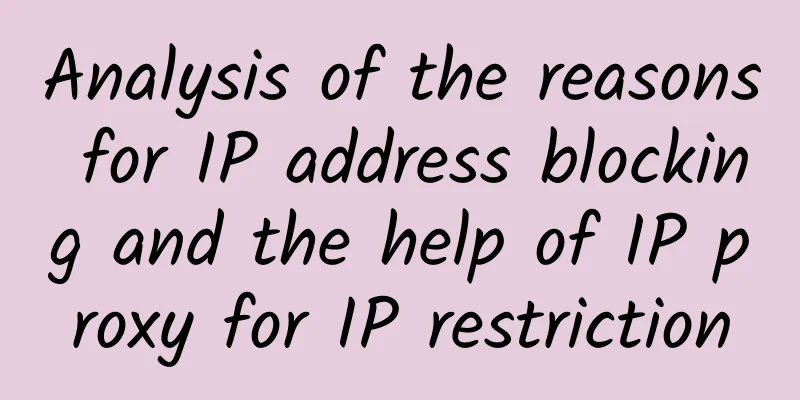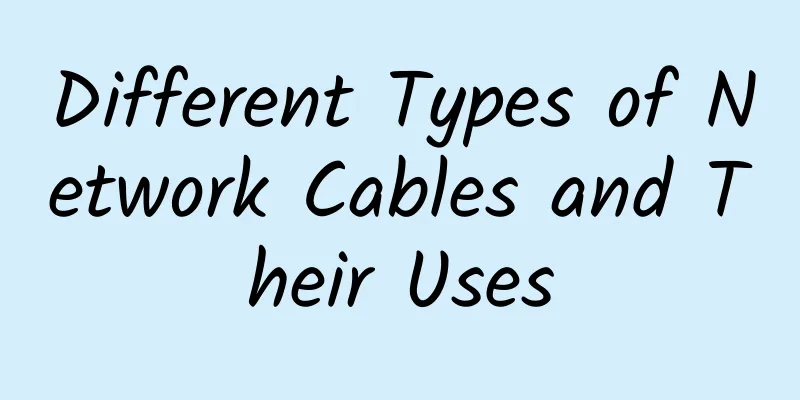Get ready for Industry 4.0 with 5G and native AI

|
The Internet of Things (IoT) is a major business opportunity for mobile operators. That’s why 5G is being designed from the ground up to support demanding IoT use cases and requirements — including those that 4G and Wi-Fi struggle to handle. For example, 5G has three feature sets that are well suited for Industry 4.0 applications. These include ultra-reliable low-latency communications (URLLC), which reduces latency to as low as one millisecond, which is essential for mission-critical use cases such as time-sensitive networking (TSN) and massive machine-type communications (mMTC), which enables 5G networks to support up to 1 million IoT devices per square kilometer, such as autonomous material handling machines, industrial robots, and sensors. The last feature set is enhanced mobile broadband (eMBB), which supports bandwidth-intensive applications such as 4K cameras in and around factories to monitor production, employee safety, and personal security. Even with these and other advanced capabilities, mobile operators will need additional tools to ensure their 5G networks can take full advantage of IoT opportunities. The same is true for operators of private 5G networks, with 76% of manufacturers planning to deploy these networks by 2024, according to a survey by Analysys Mason. Beyond Baseline 5GArtificial intelligence and machine learning (AI/ML) lay the foundation for Industry 4.0 and the benefits it brings. Mission-critical use cases in Industry 4.0 require faster-than-real-time AI/ML performance. Therefore, 5G cannot just be AI-enabled. It must be AI-native. AI native refers to building AI/ML capabilities into 5G network functions. An example of this is integrating AI/ML to enhance the Radio Access Network (RAN) Media Access Control (MAC) scheduler. With this capability, the network can intelligently improve the Quality of Experience (QoE) through faster-than-real-time predictive analytics. QoE is critical for use cases such as smart manufacturing, where technologies such as digital twins can improve shop floor performance and enhance safety by providing remote human assistance through immersive experiences. More importantly, this AI/ML enhancement also does not have to lock operators into proprietary ecosystems and suffer from vendor lock-in. Operators can benefit from Open RAN (O-RAN) guidelines, providing more choice and flexibility to maximize spectrum efficiency. This enables them to overcome one of the main limitations of today’s RAN architectures: radio resource management can be static and unable to quickly adapt to changing traffic conditions and user behavior. This example also highlights how AI/ML will fundamentally change 5G communication systems and how they will be designed and deployed in the future. AI/ML will even be able to control parts of the physical (PHY) and media access control (MAC) layer functions. All of this directly benefits the Internet of Things, a host of Industry 4.0 use cases, and more - now and in the future. Optimize efficiency and performanceMany manufacturing IoT applications are designed to maximize efficiency. Just as how AI/ML is transforming 5G networks, it can do the same for manufacturing IoT applications. Here, it can reduce the amount of radio resources, power, and spectrum required. Of course, the power saved can help operators improve their green credentials and save on CapEx and OpEx. In the case of public 5G networks, for example, the CAPEX and OPEX savings can help operators price their services competitively, yet profitably – a big advantage in the notoriously cost-sensitive IoT market. These benefits are possible even in demanding use cases. For example, when IoT applications such as real-time 4K video require ultra-fast gigabit speeds, they require no more radio resources, spectrum, or power than lower-bandwidth applications. How is this possible? This is because RAN functions such as access control, radio resource scheduling, mobility management, and radio resource management are currently rule-based. They cannot adapt to the dynamics of the network, or the services accessed by each IoT device. When intelligent automation with ML is introduced to power RAN functions, especially in the lower protocol layers, it can dynamically make decisions to achieve efficient network resource allocation and improve user experience. As a result, it can dynamically enhance use cases such as real-time 4K video. Key considerations when infusing AI/MLThe key challenge when introducing ML into the lower RAN layers is the limited time window available for scheduling decisions, which is approximately 1 millisecond. For IoT applications where every second counts, machine learning algorithms cannot introduce any latency. Even a few seconds of processing delay can severely impact the overall QoE and undermine spectral efficiency. It was also important to ensure that ML-based updates could run on existing 5G-gNodeB platforms without the need for hardware accelerators or GPUs. This could be achieved by introducing intelligence into the most critical and time-sensitive Layer 2 MAC scheduler functions, which play a key role in radio resource allocation. In a lab environment, this approach improved spectral efficiency by 15% while increasing cell throughput by 11.76%. This is what enables operators (public and private) to dynamically improve the QoE of each IoT application. This is an amazing capability. At the MAC layer, AI-driven predictive analytics can predict and then assign appropriate modulation and coding scheme (MCS) values for signal transmission based on the signal quality and mobility pattern of each IoT device. The RAN can then intelligently allocate MAC resources across different network layers to meet each customized need. For example, it can provide more accurate MCS predictions, achieve better spectrum efficiency, and intelligently handle different devices with different needs. This automation can effectively increase the traffic per cell, enabling operators to manage more users and successfully launch new IoT applications. A powerful, flexible, and greener frameworkThe framework for native AI and 5G uses a fully containerized architecture. It is cloud-native and runs as a collection of independent and loosely coupled microservices. They are highly scalable and can run on public, private, and hybrid clouds, providing operators with more flexibility and choice. They use a service mesh architecture for managed, observable, and secure communication. By using APIs and service meshes to abstract the complexity of microservice networks, this powerful framework allows operators and enterprises to quickly introduce and scale new services. Because both the hardware and AI layers are abstracted, manufacturers and other businesses have the agility, performance, and savings they need to stay connected, competitive, and profitable. Connectivity with native AI is critical to digitalizing industries and accelerating Industry 4.0 initiatives. The AI-native approach optimizes the radio resources allocated to users through intelligent link adaptation. This improves QoE and supports mission-critical operations. Improved QoE is one of the key attributes of O-RAN. O-RAN with native AI is a powerful combination. One of the key benefits of native AI and 5G O-RAN is particularly timely. By integrating together, they can deliver excellent QoE for Industry 4.0 through optimized radio resources and higher bandwidth. Importantly, it can do so without consuming more radio resources. That means less power is consumed to transmit the radio signals. In short, this improves energy efficiency and enhances sustainability. Sustainability is considered to be at the top of the agenda for telecom companies after research showed that the industry's CO2 emissions are almost twice that of aviation. Apparently, native AI on mobile networks can't come soon enough. |
>>: There are still more than 200 million IPv4 addresses unassigned!
Recommend
ZgoCloud: $14/quarter-AMD Ryzen9, 1GB memory, 30G NVMe, Osaka, Japan data center
ZgoCloud domain name registration started in Apri...
Let ChatGPT tell you how to build a lossless network that supports ChatGPT computing power
With the acceleration of digital transformation o...
5G paves the way for new IoT projects
Since its major launch two years ago, 5G has cont...
Why don’t we have more options for in-building connectivity?
2019 was a transformational year for the telecomm...
Let's not talk about the principle, let's talk about the ready-to-use thread pool
This article is reproduced from the WeChat public...
Foreign media: South Korea encourages virtual network operators to participate in 5G competition
South Korea's Ministry of Information and Com...
Beyond 5G: The next generation of wireless technology is coming
The transition to 5G is still underway, but talk ...
Three ways to send large amounts of data over HTTP
In the early days of the web, people sent files t...
Sharktech: 1Gbps unlimited traffic high-defense server starting from $79/month, Los Angeles/Denver/Chicago/Netherlands data center
Sharktech, also known as Shark Data Center or SK ...
Virtono has a limited time 50% discount, Dallas/Romania KVM annual payment starts from 7.47 euros
Virtono has released a limited-time 50% discount ...
WOT2018 Xian Yunsen: Algorithms are everywhere in O2O search
[51CTO.com original article] Seven years of hard ...
Record-breaking! US 5G license auction turnover has reached $69.8 billion
According to the Chinese website of the Wall Stre...
Comprehensive promotion of 5G construction requires full participation from all parties
Although the top leadership has once again clarif...
Can IPTV also have a nationwide network?
IPTV is good, everyone knows it! The number of IP...
LiteServer 15th Anniversary 15% off, 2GB RAM NVMe hard drive package starts from €5.1/month
LiteServer is carrying out a promotion for its 15...









